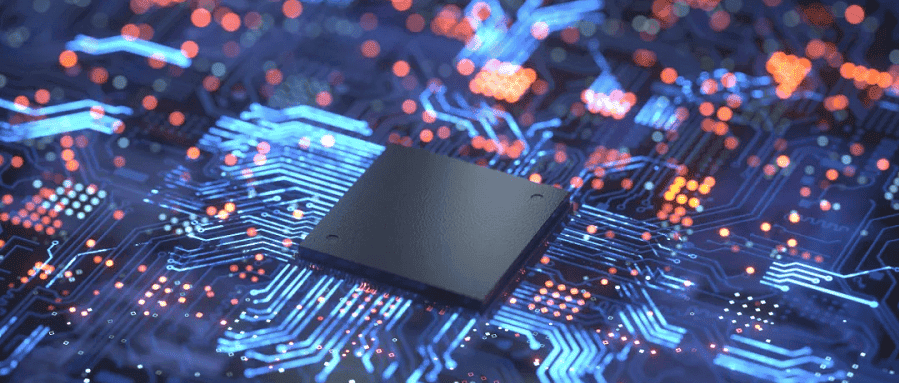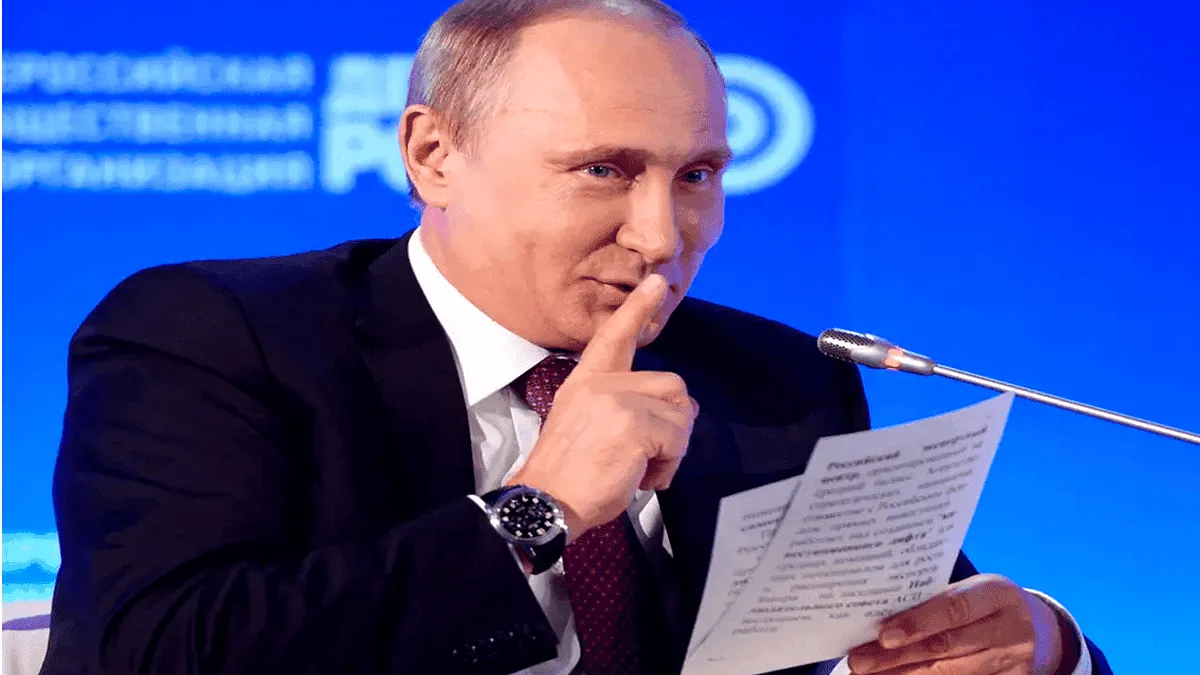Russia and Ukraine are collectively the largest producers of some of the world's rare gasses. As the conflict between these two countries continues, the supply of these gasses shrinks. To make things worse, in response to several sanctions on Russia, the country will ban the supply of these gasses to some companies. It is important to note that Ukraine can not guarantee supply at the moment. The areas where Ukraine produces these gasses are either in Russia's control or are heavily hit by Russia's bombs. Neon and helium are important gasses in chip production and their shortage will lead to a shortage of chips. However, major chip manufacturers like Intel, ASML, and Micron are confident in their inventories. They claim to have enough storage of these gasses which will outlast the conflict. Furthermore, Chinese gas suppliers are now taking advantage of the situation.
Read Also: Russia bans the export of inert gases such as neon and helium

In the face of the shortage of neon gas, there is a shadow of the rapid growth of Chinese gas suppliers. Special gases refer to gases that are used in specific fields and have special requirements for purity, variety, and properties. Mixed gases such as neon, krypton, and xenon are one type of special gases.
For the semiconductor industry, there is a need for many types of special gases. The chip manufacturing process requires more than 50 types of special gases for silicon wafer manufacturing, oxidation, lithography, thin film deposition, etching, ion implantation, and other processes.
In the field of electronic special gases, Germany's Linde Group, French Air Liquide Group and American Air Products Group are the three largest gas suppliers in the world. Together, they account for 70% of the global electronic gas market share in 2019.
Chinese gas suppliers
Among the Chinese gas suppliers, Huate Gas, which was established in 1999 and listed on the Science and Technology Innovation Board in 2019, is the representative of Chinese special gas players. Walter Gas is the first company in China to break through high-purity hexafluoroethane, high-purity trifluoromethane, high-purity octafluoropropane, high-purity carbon dioxide, high-purity carbon monoxide, high-purity nitric oxide, Ar / F / Ne mixed gas. It is also the only gas company in China that has passed the certification of ASML and Gigaphoton, a Japanese lithography machine laser light source supplier.
Under the oligopoly of foreign gas companies such as Germany's Linde Group, France's Air Liquide Group, the US Air Products Group, and Japan's Showa Denko, Walter Gas' coverage rate for Chinese 8-inch integrated circuit manufacturers exceeds 80%. Its customers include SMIC, Huahong Grace, Yangtze Memory, Wuhan Xinxin, China Resources Microelectronics, TSMC (China), Hejian Technology, Silan Micro, etc. Furthermore, Chinese gas suppliers are now getting orders from foreign companies like Intel, Micron, Texas Instruments, SK Hynix, and others.
Read Also: Price of high-quality neon gas has risen more than tenfold as Russia enforces ban
Walter gas supply moves to China from Ukraine
After the conflict between Russia and Ukraine in 2014 and 2015, companies saw the need to move from Ukraine. Walter gas supply of neon gas, as well as krypton gas, had a shift from Ukraine to China.
According to the 2019 Walter Gas prospectus, its crude neon gas supply mainly comes from Chinese gas suppliers. Some of the companies include Beijing Shougang Oxygen Plant, Linyi Qiyuan Gas Co., Ltd., Handan Handan Iron, and others.
Its krypton gas supply has also had to move from EAST RAY DISTRIBUTIONS LTD to Anhui Tianlang Gas Development Co., Ltd., Beijing Shougang Oxygen Plant, French Air Liquide Group, South Korea KOREA NOBLE GAS CO., LTD and other companies.
In April of this year, Walter Gas announced that it would issue convertible corporate bonds. These bonds will be for raising funds to build a semiconductor material construction project. The target output for the project will be 1,764 tons annually. Furthermore, the company plans to invest no less than 466 million yuan. According to the company's schedule, this plant will commence production in about two years. After completion, it will produce high-purity carbon monoxide, high-purity nitric oxide, hexafluoropropane, and isomers. It will also produce hydrogen bromide, boron trichloride, ultra-pure hydrogen, ultra-pure krypton, ultra-pure neon, ultra-pure helium, and ultra-pure xenon.






Place comments
0 Comments
You are currently seeing only the comments you are notified about, if you want to see all comments from this post, click the button below.
Show all comments